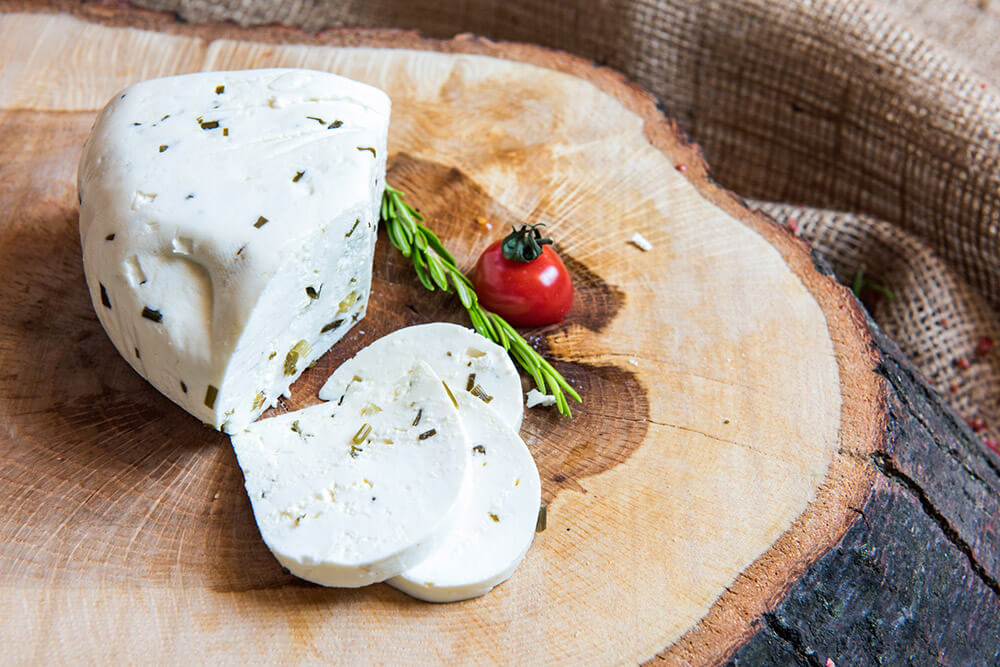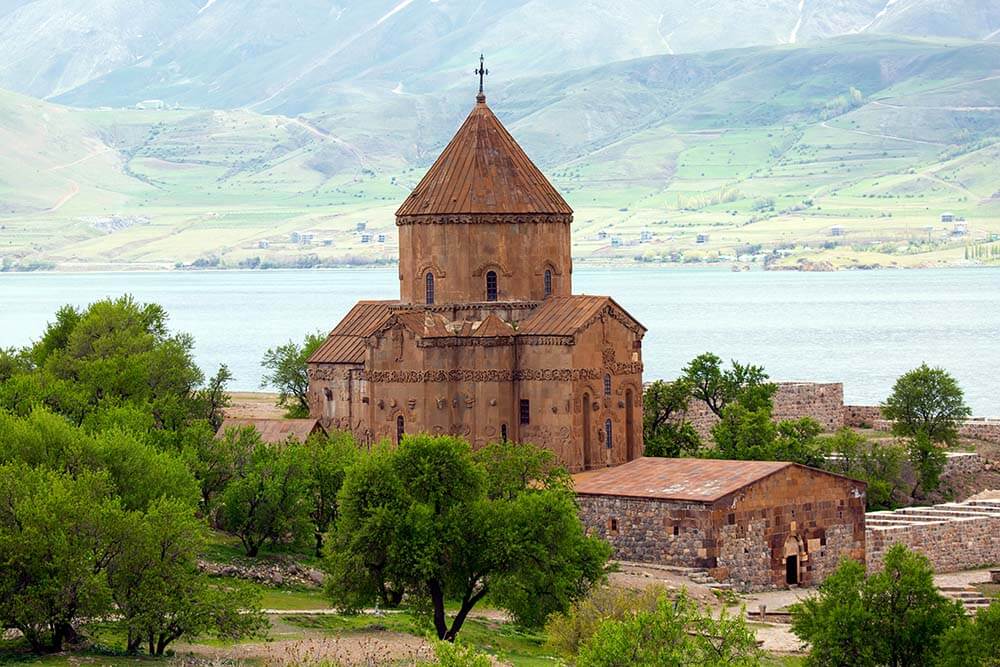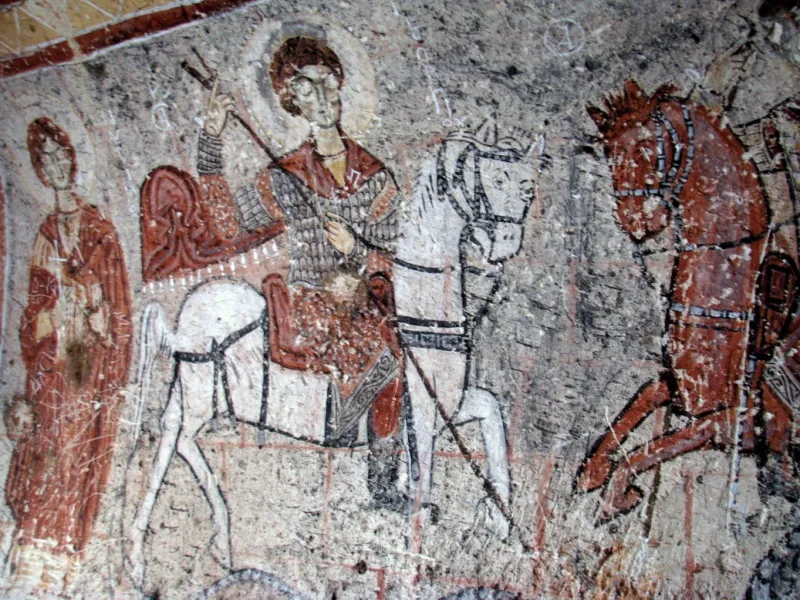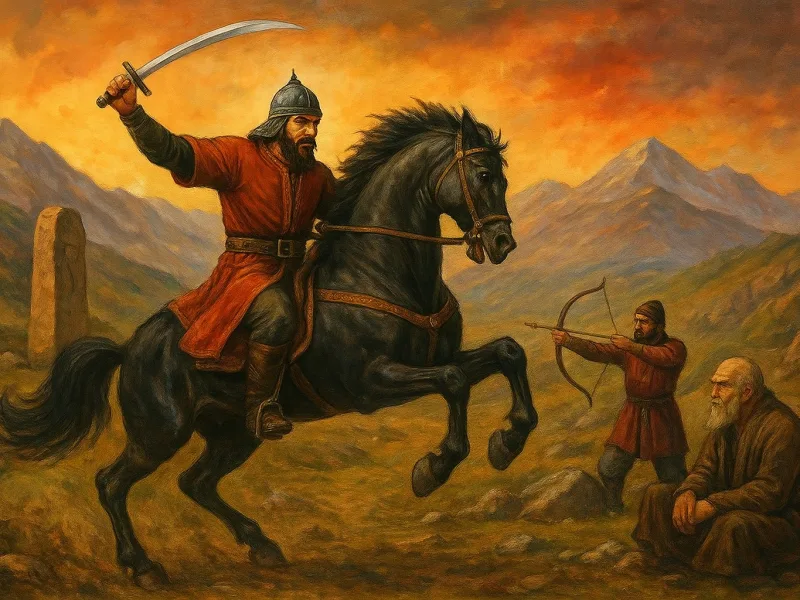Located in the region of Eastern Anatolia, Van is one of the biggest provinces in the region. To the West of Van is Bitlis; to the North Ağrı; to the Southwest Siirt; to the South Hakkari, and to the East Iran. Lake Van, the largest lake in Turkey and indeed one of the world’s largest “closed” lakes (meaning it has no outlet), is also situated in this area and is renowned for the particularly fertile soils that immediately surround it.
It has a history of human settlement dating back as far as 7000 B.C. and has survived the Bronze Age, the Chalcolithic Age, and the Iron Age. Its civil history began in the Urartian Period and the city served as the capital of Urartu during this time. Later, control of the city was seized by the Medes and after that, the Byzantines, the Seljuks, and the Ottoman Empire all took turns controlling it. The city has survived as a major urban area until today.

Herbed Cheese
As one of biggest cities of the country in terms of area, the city consists of high, mountainous and sometimes rugged areas. For this reason, only a few areas are habitable. Additionally, the often cold and harsh climate has a generally negative effect on agriculture. However products like barley, wheat, apples, and sugar beets are cultivated successfully. Apart from growing these crops, another major means of livelihood is that of animal husbandry, primarily because it can be carried out in any season. Sheep and goat farming is also quite prevalent in the city and it is likely you will see animals in rural areas throughout the region.

Famous van cat
Van has a very rich culture. The area is known particularly for the Turkish Van cat, the famous Herbed Cheese and of course the aforementioned, beautiful Lake Van. Spread throughout the province, Herbed Cheese is usually eaten at breakfast-time. The noble Van Cat is a good swimmer and its eyes are usually amber or blue; some are even odd-eyed (one blue and one amber). These cats are usually white with spots of color found only on the head and tail. Those living around Lake Van itself, though, are particularly unusual in that many of them are completely white.
Places to Visit
Famous for its castles, lake, cats, herbed cheese, pearl mullet (the only fish able to survive in Lake Van), breakfast, reverse (or inverted) tulips-said to be one of the world’s rarest flowers- and Akdamar Island, there are many historic and natural beauties worth visiting in Van. These places are Van Museum, Lake Van, Akdamar Island, Van Castle, Hoşap Castle, Zernek Castle, Yoncatepe Castle, Kızlar Cave, Historical Houses, Tuşpa, the Muradiye Waterfall, Ulu Mosque, Hüsrevpaşa Mosque, Akdamar Church, Adır Church, Altıntepe Necropol, Dilkaya Huyuk, Meher Gate, Erçek Lake, and Adır Islands.

Akdamar Island on Van Lake.
There are also many activities to engage in while visiting the city, including sunbathing and swimming at Ayanıs, Amik, and Çitören Beaches, hunting quail and foxes, scuba-diving in Akdamar, observing birds at Erçek Lake, rafting in Bahçesaray, having breakfast with butter and herbed cheese, visiting the islands, seeing the Van Cat, and going water-skiing in Edremit and Central Çarpana.

View of Van Castle from the top of Artos Mountain peak.
Cuisine
Unique dishes of the local cuisine include keledoş, Kurut dish, Kurut meatballs, liver meatballs, ayran dish, ekşili, çılbır, quince dish, and borani. You can taste these delicious dishes if you visit the city. Van is also famous with its breakfasts. It is a general tradition that at least 40 different recipes should be on the table for breakfast.
How to Get There
The city has a well-developed transportation network. Air, highway, and rail are all available as options for getting to and from the area.



